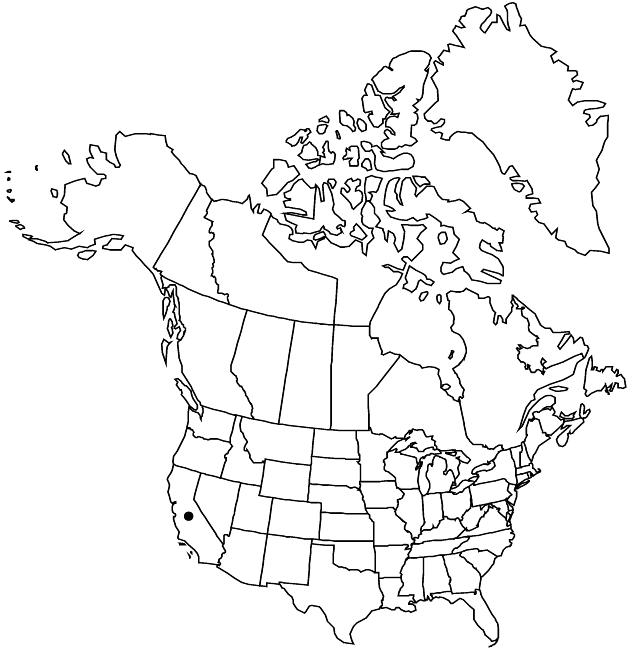Microseris campestris
Pittonia 5: 15. 1902.
Annuals, 5–50 cm; taprooted. Stems 0. Leaves basal; petiolate; blades linear to narrowly elliptic or oblanceolate, 3–22 cm, margins entire, dentate, or pinnately lobed, apices acute or attenuate, faces glabrous or lightly scurfy-puberulent. Peduncles erect or curved-ascending, ebracteate. Involucres ovoid to fusiform in fruit, 5–20 mm. Phyllaries: apices acute to acuminate, abaxial faces glabrous; outer deltate; inner lanceolate (midveins often purple, thickened). Florets 5–120; corollas yellow or white, equaling or surpassing phyllaries by 1–3 mm. Cypselae columnar, 3–5.5 mm; pappi of 5, white or light brownish, lanceolate or ovate to deltate, aristate scales 1–4.5 mm (straight to slightly arcuate, plane or slightly involute, glabrous, midveins brown, broadened at bases, widths less than 1/5 bodies, linear distally), aristae (straw-colored or brown) barbellulate proximally, barbellate distally. 2n = 36.
Phenology: Flowering Apr–Jun.
Habitat: Clay soils, flats and hillsides, sometimes near vernal pools, grasslands
Elevation: 30–500 m
Discussion
The tetraploid Microseris campestris is morphologically intermediate between M. elegans and M. douglasii, and the molecular data of D. Roelofs et al. (1997) show a particularly close relationship with the former species. It is known only from the San Joaquin Valley and surrounding foothills. Diploid plants assignable to M. douglasii but with fruit morphology similar to M. campestris, found much closer to the coast near San Luis Obispo, are thought to be the result of introgression between M. douglasii and M. bigelovii (K. L. Chambers 1955).
Selected References
None.
Lower Taxa
"fine" is not a number.
